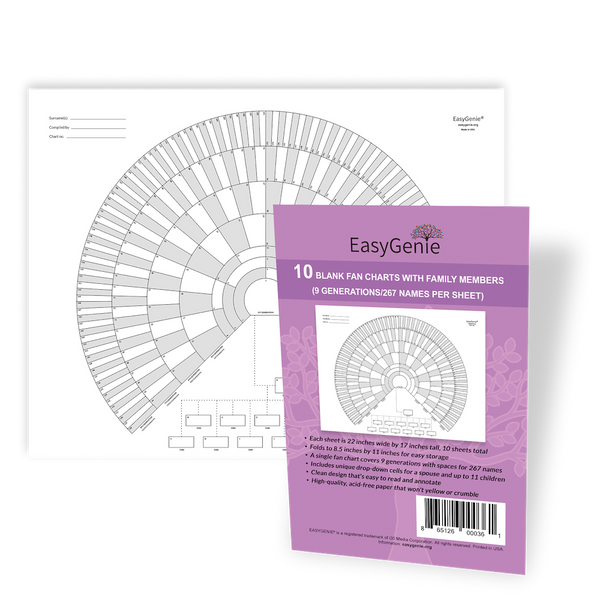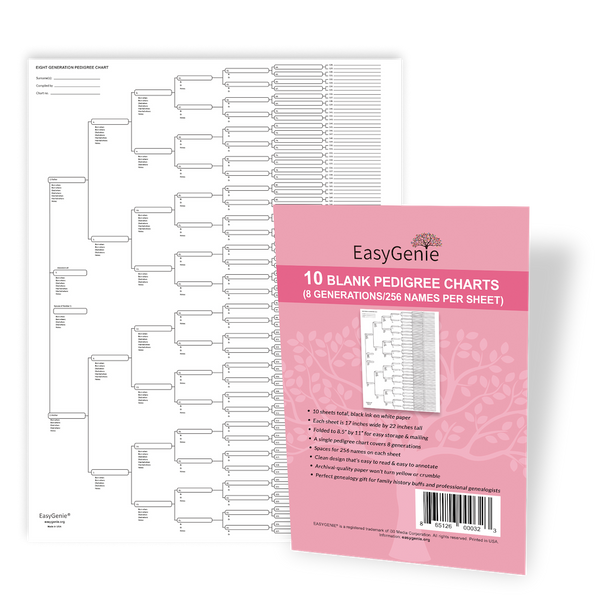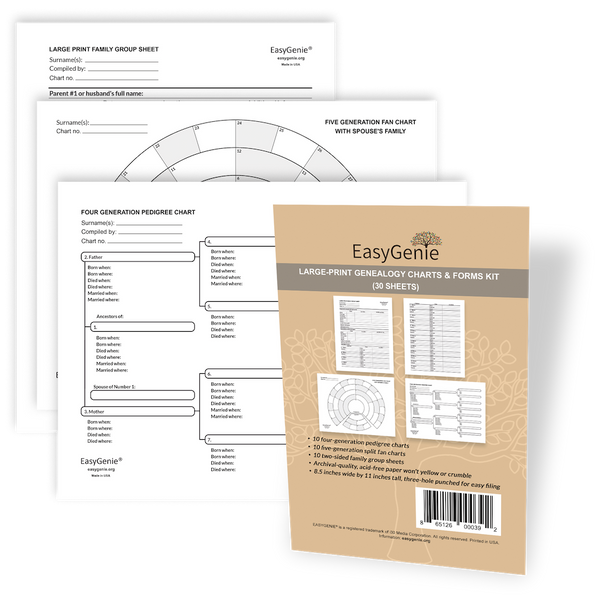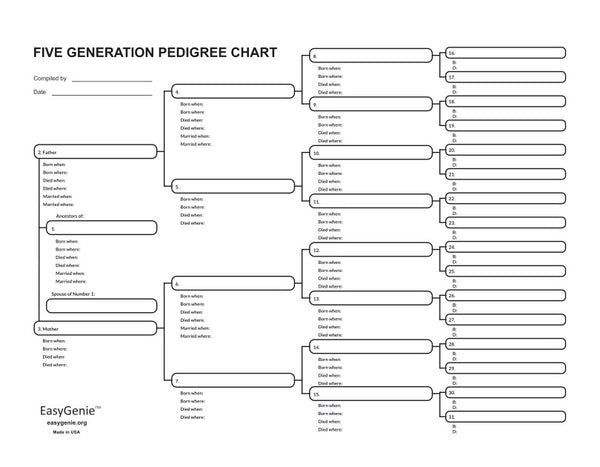
Genealogy scams, part I: the Buchanan Estate Hoax
Ian LamontI recently shared the story of a reader we'll call Anita, who came into contact with two DNA relatives (see our March 13, 2025 newsletter, DNA relatives part 5: “no happy reunions”). When she told her family about the first contact, “they warned me against genealogy scams and told me to claim I was poor."
The fear of being swindled is understandable. Scams have proliferated, thanks in large part to the relative ease for fraudsters to manipulate people from afar to trick them into sending them money, and the almost complete absence of enforcement.
Swindlers who prey on people’s emotions (often baited with romance or terminal illness) are particularly devious. Family connections may come into play, such as inheritance scams that dangle a rich life insurance payout as bait.
The rise of genealogy scams
Even before the advent the Internet, people were deeply suspicious of scams associated with long-lost relatives suddenly appearing out of the blue in order to claim an inheritance or leech off the success of a distant family member.
In fact, my ancestors were the apparent targets of one such scam, which I discovered in the court minutes archived on FamilySearch.
There have been far worse incidents that affected many more people, including what's now known as The Buchanan Estate Hoax or The Buchanan Estate Scam.
The Buchanan Estate Hoax
In 1931, a Texas grocer named Lorenzo Buchanan announced that “eligible heirs” would get a share of a supposed $850 million estate. The Buchanan Estate Hoax generated a flood of excited media coverage. Two presidents (including James Buchanan, shown below) were dragged into the ensuing “genealogical pandemonium.”

The grocer’s claim: money from the estate of someone named William Buchanan (who was allegedly related to President Buchanan, 1791-1868) had been tied up in 99-year leases all over the country. Now that the leases had ended, the money would be distributed to heirs.
The leases supposedly included plots in Manhattan where the Empire State Building, Trinity Church, and the Woolworth Building stood! The supposed connection with some of the most expensive real estate on the planet immediately drew the attention of officials in New York, including Governor Roosevelt.

Meanwhile, a legion of scammers across the country jumped into the fray, offering bogus investigative or legal services on behalf of claimants. Remember, the news of the estate emerged at the start of the Great Depression, and people were desperate. If you had an ancestor surnamed Buchanan, or even a tenuous family connection to a Buchanan, the prospect of a huge payout seemed irresistible.
Then-Governor Roosevelt of New York helped to uncover the genealogy scam, after the New York County Surrogate Court found no evidence of a “Buchanan Estate” or any related real estate transactions.
The 1932 New York Times article describing the Roosevelt report said the affair was reminiscent of the old “Spanish Prisoner” hoax. That swindle, spread by low-cost overseas mail, claimed that the buried treasure of an imprisoned Spaniard could be retrieved if the recipient paid legal fees to free the prisoner. The recipient would get a finder’s fee, naturally.

The Spanish Prisoner scam lives on today albeit with different players, known widely as the "Nigerian 419 scam" or "Nigerian Prince scam."
The impact of the Buchanan Estate Hoax lingers to the present. According to the Library of Congress, some of those hopeful genealogies compiled in the early 1930s are still floating around:
“Created with the intention of linking the living generations to a particular ancestor rather than to an accurate ancestor, many of these genealogies have been left in the family papers inherited by their descendants, enabling a cyclical repeat of misinformation with every new generation of researchers. ...
And while not every family history will be obstructed by such a calamity, many other types of family myths or published errors create similar problems in genealogy. Online trees and social media expedite the spread of information, good or bad. Mistakes are copied and repeated. Recent corrections may be overlooked by new researchers who more easily discover the older, errant data due to its widespread proliferation.”
The moral of the story: Claims about ancestry require strong evidence in the form of accurate source documents, DNA, or other primary sources.
And, if the story sounds to good to be true, it probably is.







